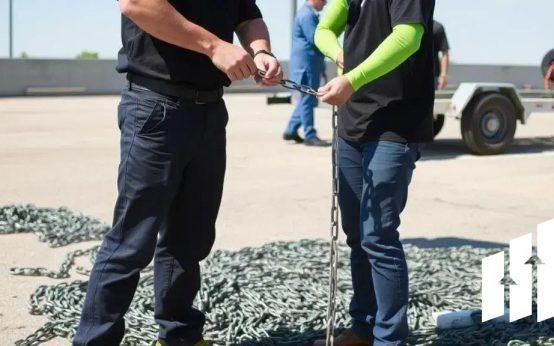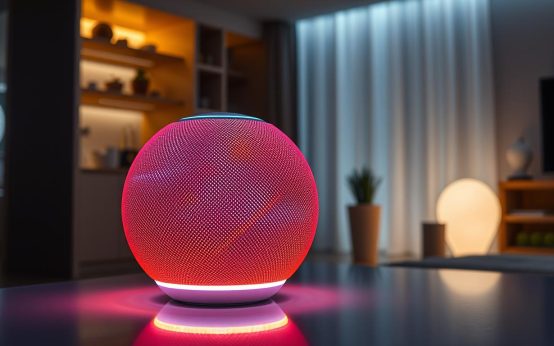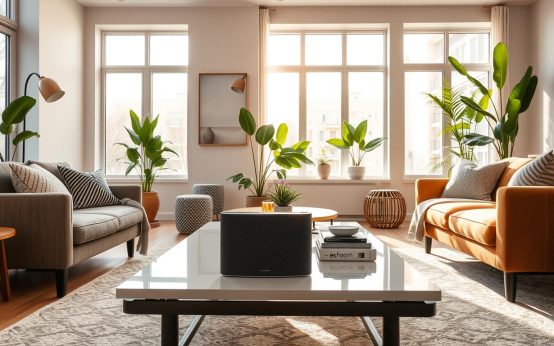Robot verification is a security measure used by websites to distinguish real users from bots, protecting against spam and data breaches. Although it may disrupt user experience with tasks like image selection, its importance for keeping online interactions safe is undeniable. As technology evolves, future verification methods are expected to become smarter and less intrusive, ultimately enhancing usability while ensuring security.
Many websites use robot verification to keep both users and their systems safe. This process checks if you are a real person or a computer program trying to access the site. It’s crucial because bad bots can cause various problems, like spam or data theft.
How It Works
When you visit a site that uses robot verification, you might see a challenge. This could be a simple question or a set of images to select. These tasks are easy for humans, but they confuse bots.
Why Sites Use It
Websites need to protect themselves. They add layers of security to block harmful bots. By asking for verification, they can ensure that only real users get in. This protects user data and keeps services running smoothly.
User Experience
While robot verification is vital for security, it can be annoying. No one likes to pause and solve a puzzle just to continue surfing. Some websites are working on making these checks faster and less intrusive.
Future of Verification
As technology evolves, so does the way robot verification works. Developers are exploring smarter methods that can verify users without making them jump through hoops. Innovations like behavioral analysis may lead to a more seamless experience.
Conclusion
In conclusion, robot verification plays a crucial role in keeping websites safe from harmful bots. While it may be a slight inconvenience for users, the benefits of security far outweigh the momentary hassle. As technology continues to improve, we can expect verification methods to become smarter and less intrusive.
Understanding the purpose behind these checks helps users appreciate the need for security in our online interactions. Ultimately, enhancing user experience while ensuring safety is a shared goal for both users and website owners. So next time you encounter a verification challenge, remember it’s there to protect you.
FAQ – Frequently Asked Questions about Robot Verification
What is robot verification?
Robot verification is a security measure used by websites to confirm if a visitor is a real person or a bot trying to access content.
Why do websites use robot verification?
Websites implement robot verification to protect themselves from spam, data theft, and other harmful activities caused by bots.
What kind of challenges might I face during robot verification?
You might encounter tasks like selecting images or answering simple questions to prove you are not a robot.
Can robot verification be annoying?
Yes, many users find it annoying, as it can interrupt their browsing experience, but it is necessary for security.
How might robot verification change in the future?
In the future, verification methods may become smarter and less intrusive, using technologies like behavioral analysis.
Is there a way to avoid robot verification altogether?
While you cannot completely avoid robot verification, using a trusted network and browser may reduce the frequency of these checks.


 Business Groups Urge Trump to Reconsider $100,000 Visa Fee
Business Groups Urge Trump to Reconsider $100,000 Visa Fee  China’s Price Wars: The Involution Problem and Its Impact on Deflation
China’s Price Wars: The Involution Problem and Its Impact on Deflation  Growing Tensions Amid ICE Raid at Hyundai Plant in Georgia
Growing Tensions Amid ICE Raid at Hyundai Plant in Georgia  South Korean Workers Detained in Hyundai Plant: What You Need to Know
South Korean Workers Detained in Hyundai Plant: What You Need to Know  Echo Dot 5ª Geração: Design Moderno, Som Incrível e Alexa Integrada!
Echo Dot 5ª Geração: Design Moderno, Som Incrível e Alexa Integrada!  Echo Show 10 O Assistente Inteligente que Transforma Sua Casa em um Lar Conectado
Echo Show 10 O Assistente Inteligente que Transforma Sua Casa em um Lar Conectado